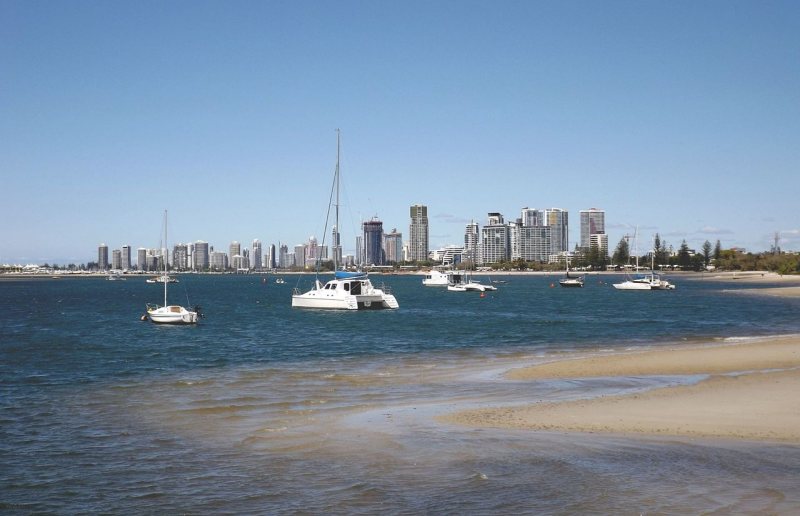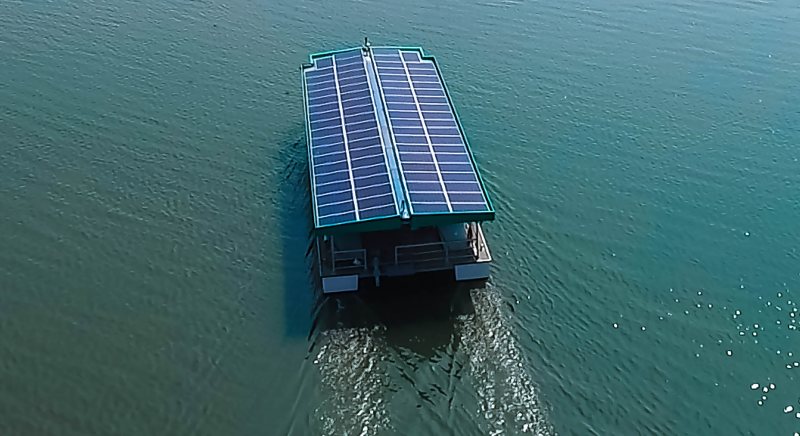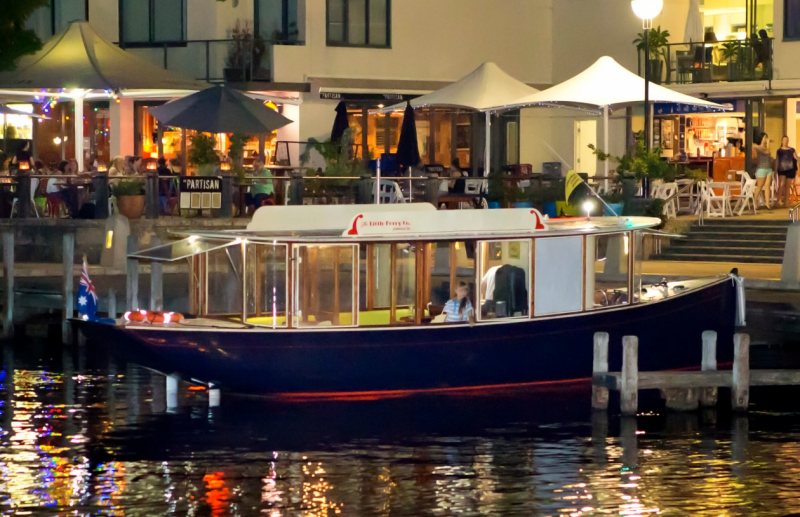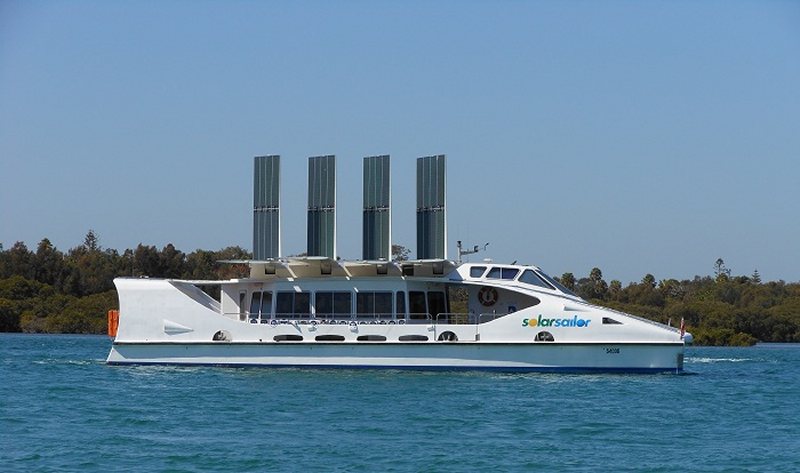
Image: Public Domain
Solar powered catamaran ferries may be quietly cruising the waters of the Broadwater and Nerang River on Queensland’s Gold Coast next year.
The City of Gold Coast met with the State Government last week to discuss the potential for a 12-stop ferry service. The go-ahead was given to investigate the potential for a 2-year trial in partnership with the Department of Transport and Main Roads, Maritime Safety Queensland and Gold Coast Waterways Authority.
Mayor Tom Tate said with the population of the Gold Coast growing at a rapid clip, new types of public transport needed to be considered.
“We have seen incredible success with Gold Coast Light Rail, a whopping 33 per cent growth in patronage since Stage 2 came online in December last year,” he stated. “That means less people are using their cars, leading to less congestion on our roads. Solar-assisted ferries will be our version of light-rail-on-water.
MyGoldCoast reports a tender process for the project may kick off late this year or early in 2019, with the two-year trial envisioned to start mid to late next year.
Passenger ferries using solar power are already operating in other parts of the world. For example, a craft in Kerala, India has been operational since January 2017.
Aditya is 20-metre-long and 7-metre-wide catamaran that offers a passenger ferry service between Vaikkom and Thavanakkadavu; a distance of approximately 2.5km. Aditya features 20kW of solar panels, two 20kW electric motors and 50kWh of lithium-ion battery storage.
Closer to home, Perth’s Little Ferry Co operates small solar electric ferries connecting Elizabeth Quay, On The Point, Optus Stadium and Claisebrook East Perth.
These vessels feature two 4kW Torqeedo brushless electric motors and energy storage is in the form of 8 x 24V 200AH Li-ion batteries and a 1 x 12V 120AH “house” battery. These are charged by 16 x 120W solar panels mounted on the ferry canopy. The batteries are topped up overnight via mains grid electricity. Little Ferry Co says when fully charged, the ferries have a battery life of approximately 12 hours, travelling at a cruising speed of 5 knots (around 9 kilometres an hour).
Another Australian ferry, this one LPG, wind and solar powered, was Ocius Technology’s Solar Sailor.
Solar Sailor Lake Macquarie was put up for sale in 2014 after working on the Lake and before that, on Sydney Harbour. Ocius Technology no longer produces the craft and now focuses on marine drone development.




 RSS - Posts
RSS - Posts



Electric ferries are now a bit of a no brainer given today’s battery prices and the low maintenance costs of electric motors — even without considering the environmental costs of using diesel.
Hello Michael,
I would like to discuss the option of Solar Ferries in Australia. Please get in touch with me. Many thanks in advance.
cheers,
George